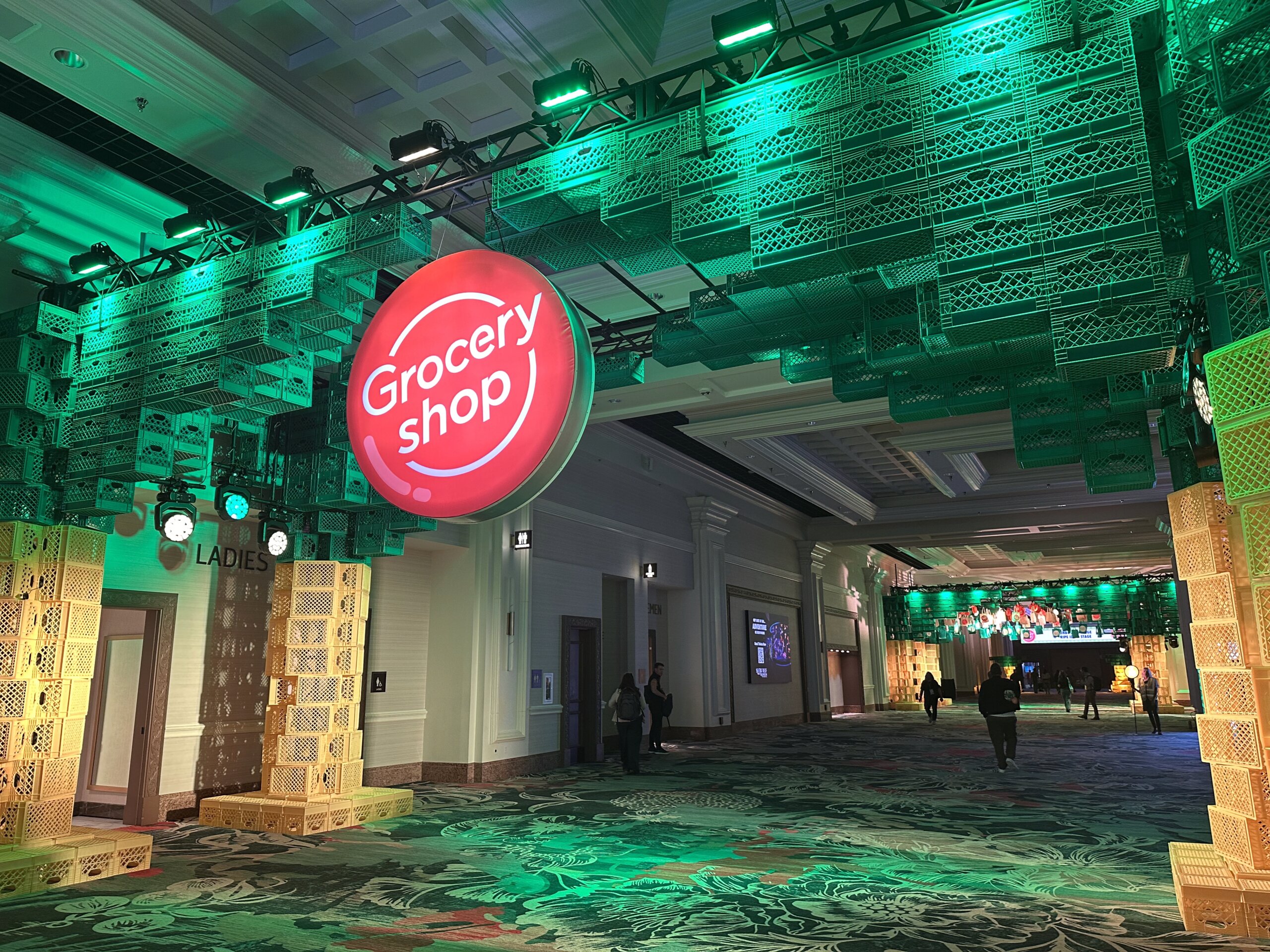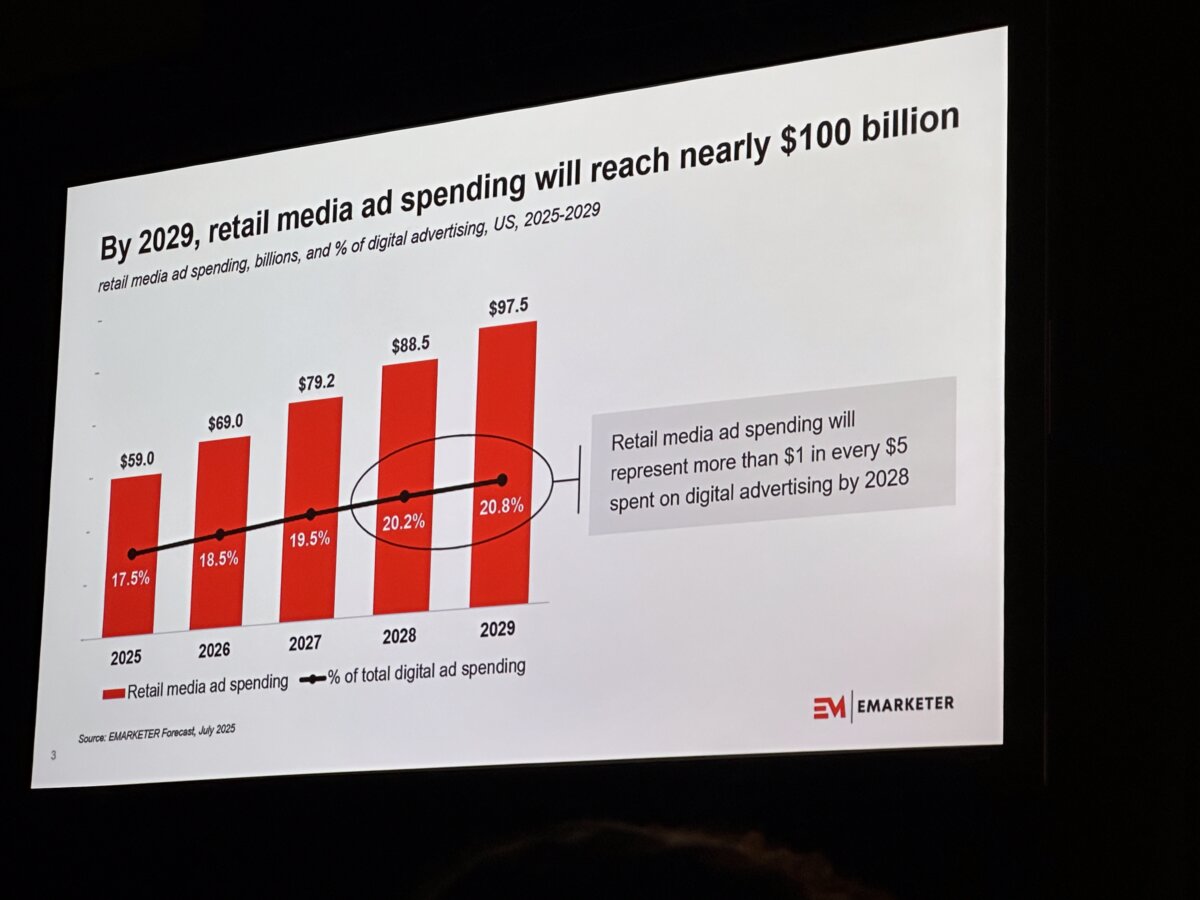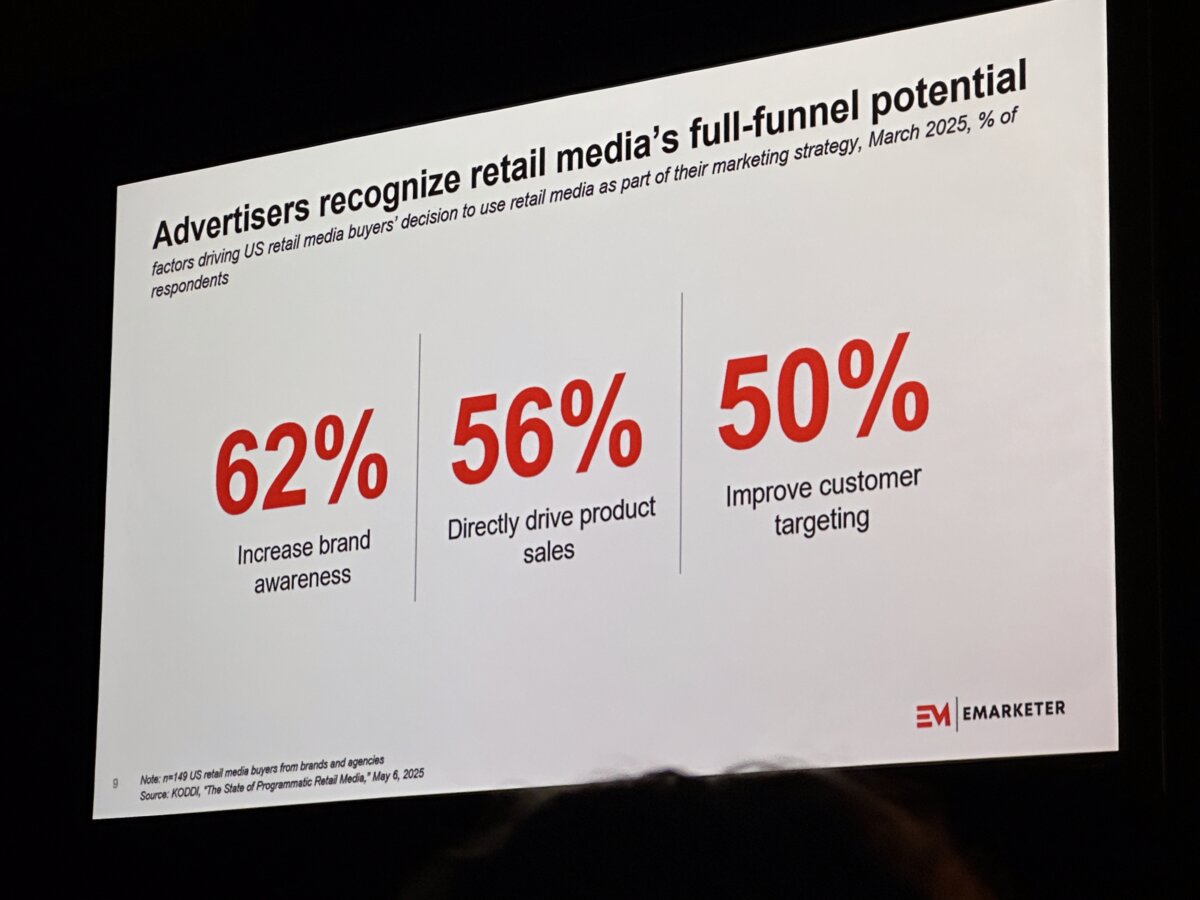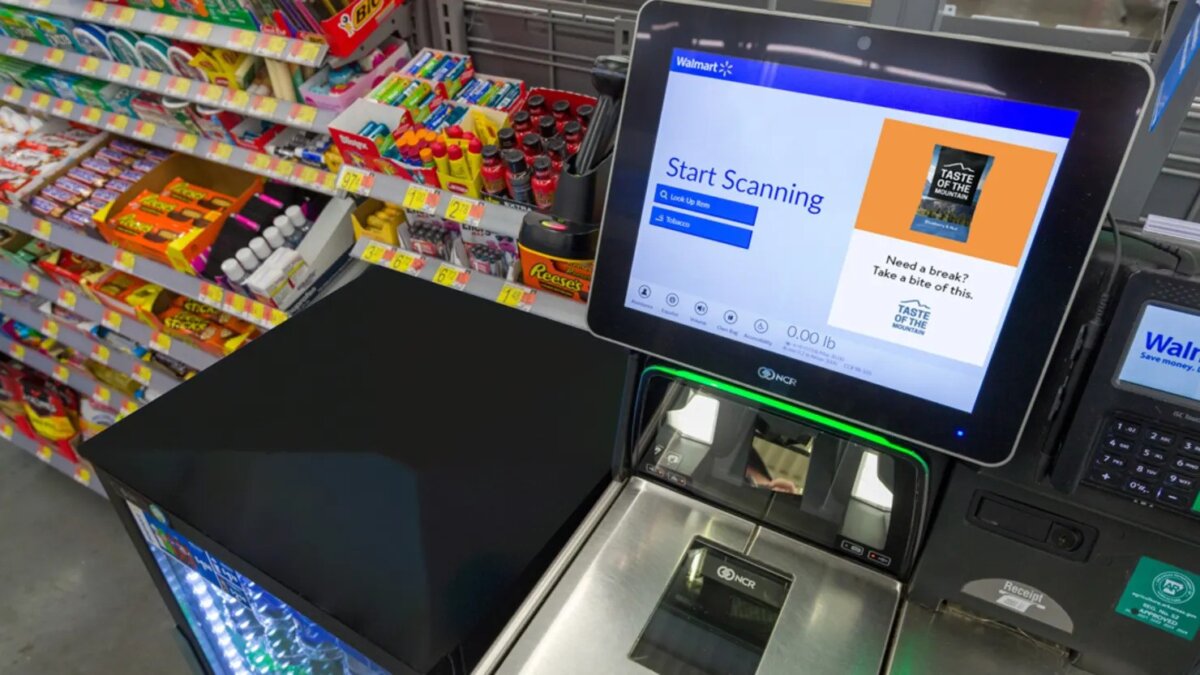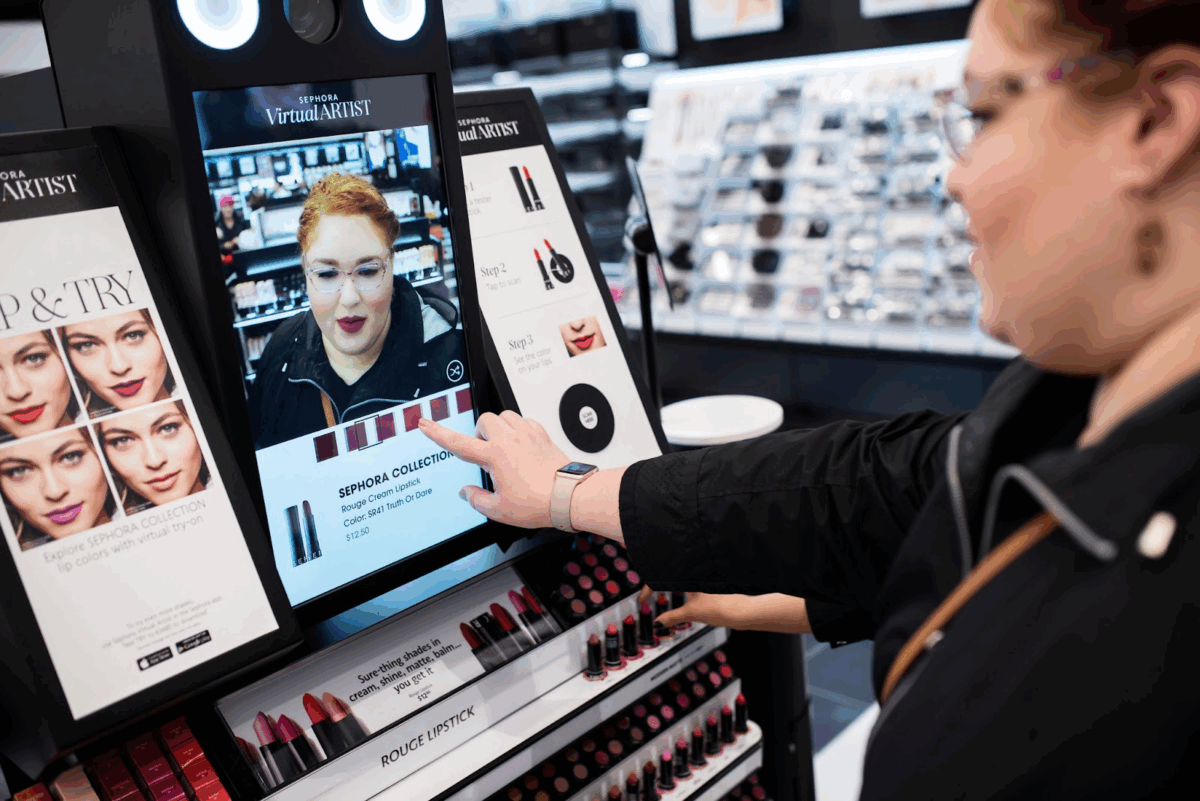| October 11, 2021
The shift towards audience-based DOOH buys
There’s a global shift happening in the way that digital out-of-home (DOOH) is being bought and traded. What was once a standalone medium planned by specialists is quickly becoming a staple in media plans for every type of buyer. With this shift comes a different perspective on the medium, like how it will be shaped moving forward and how advertisers are planning and executing their campaigns.
One of the most important factors in this shift is the move towards audience-based buys. For many advertisers, audience-based buying is already an integral part of of their digital strategies, with personalized, data-driven ads being delivered online and via Connected TV (CTV) channels. Delivering the same kind of hyper-targeted ads has previously been a challenge in the OOH industry, which has traditionally been regarded as lacklustre in terms of measurement and audience insights. New technologies, like geofencing and device ID tracking, however, are providing marketers with access to this information, resulting in a whole new wave of engagement insights. After all, OOH isn’t about the size of the screens or the splashiness of the ads, it’s about the audiences.
Audience-based buying
Audience-based buying allows advertisers to run ads based on specific audience characteristics, buying patterns, or behavioural trends, enabling targeted campaigns that run in a more ‘real-time’ sense than ever before. Traditionally, OOH would need to be bought in networks, cities, or set time frames, with advertisers trying to reach as many people as possible within these networks. Thanks to audience-based buying, there’s now a new level of freedom for buyers to curate campaigns more true to the audience they’re trying to target.
The rise in programmatic trading gives planners the opportunity to focus on true audience-based buys, and thanks to advancing tech from DSPs, SSPs, and audience data providers, all of this can take place through a single platform – trading across formats, markets and publishers utilizing unified data sets.
Less about formats, more about data
OOH has long been a medium that places weight on the ‘premium’ nature of screens and formats, with each format being bought for what it brings to the equation. If you want frequency, for example, you’ll likely purchase a high foot traffic medium like street furniture or transit. If you want impact, you’re buying up key large-format sites. If you’re looking for context, place-based media comes into the mix.
But with the advancements of programmatic trading, including the incorporation of more sophisticated targeting, triggers and audience data, factors like screen size or publisher are becoming less relevant compared to what this more intelligent level of trading can offer buyers.

By using data sources integrated into DSP and SSP platforms, buyers can curate campaigns that are more focussed on the consumer journey rather than aligning with the locations of a particular publisher or format. Not only can you select your screens on an individual level based on the audience category associated with each venue type, but you can also get more granular in your approach in terms of timing – often down to the hour. This is giving buyers the ability to follow their audiences as they go about their day-to-day lives, providing multiple touchpoints that react in real-time to any changes in traffic flow or behaviour-altering events, like the weather.
The death of the cookie also presents the need for advertisers to seek out new sources of audience insights, like contextual information. In today’s landscape, they must dive deeper into who their audience is, and more importantly, what their behavioural patterns look like. With this information, they can ensure they’re delivering the most contextual and relevant ads that connect with consumers based on their tendencies.
The importance of mobile data
Thanks to mobile data, advertisers can target venues with the highest concentration of their desired audiences. This works by gathering data from the mobile devices in proximity to a point of interest, allowing advertisers to measure factors like demographics and interests to create buyer personas.
First, mobile data is collected from smartphones once audiences have entered the boundaries of a specified location. Types of data collected include device IDs, languages, app IDs, age, gender, and more. From there, advertisers can gain a better understanding of what their desired groups look like based on factors like age, income, life stage, or intent, for example. By knowing who their audience is and what exactly they’re looking for, buyer personas can be created that go beyond demographics to include segments based on interests – like pet owners, movie buffs, or new parents. These personas can then be mapped out across OOH venue types, so advertisers know exactly who is passing by these locations and can deliver targeted ads to the right people at the right time.
Cross-channel targeting
It’s been well established that targeting audiences across different channels, both real-world and digital, yields better results than reaching them through a single channel. By running ads that focus on audiences rather than locations, advertisers can gain insights that allow them to continuously retarget consumers across entire omnichannel campaigns. For example, gym enthusiasts who frequent a training facility can be served digital ads for a brand of protein powder later in the day via their mobile devices. By identifying patterns of behaviours along with mobile ID tracking to determine who’s viewed an OOH ad, marketers can deploy precise ads that perfectly complement other channels.
There’s no doubt that this shift in buying is allowing marketers to engage with desired audiences in a highly-targeted way while positioning DOOH as a medium that can be incorporated into omnichannel campaigns. It also represents an entirely new value proposition for the medium that will inevitably lead to more investment in the industry. With audience-based buying, advertisers can get their message across to the right people while ensuring audiences are only exposed to the ads they want to see – a true win for everybody.
If you and your team are ready to level up your programmatic DOOH knowledge ahead of another record year for the channel, you can use this link for a 15% discount on doohx’s foundational PDOOH 101 certification course.
Already a Broadsign customer? Contact your account manager for more information.

